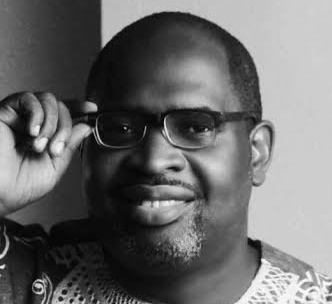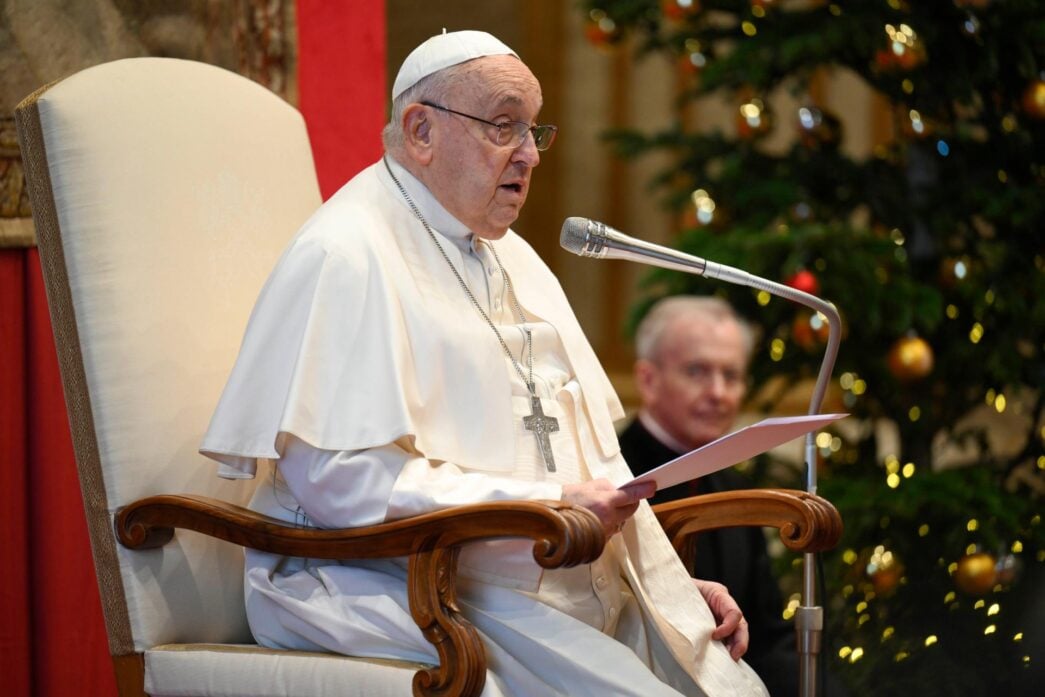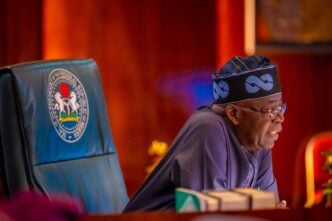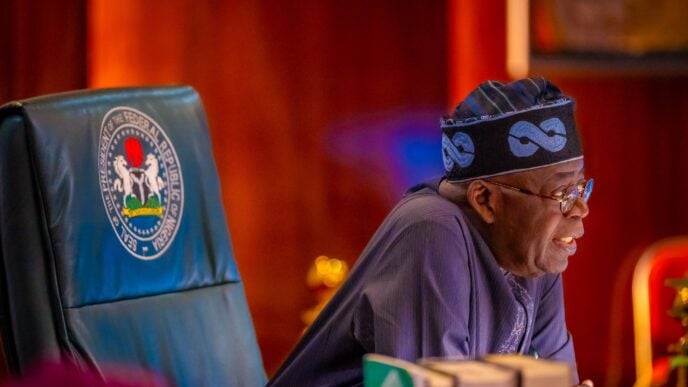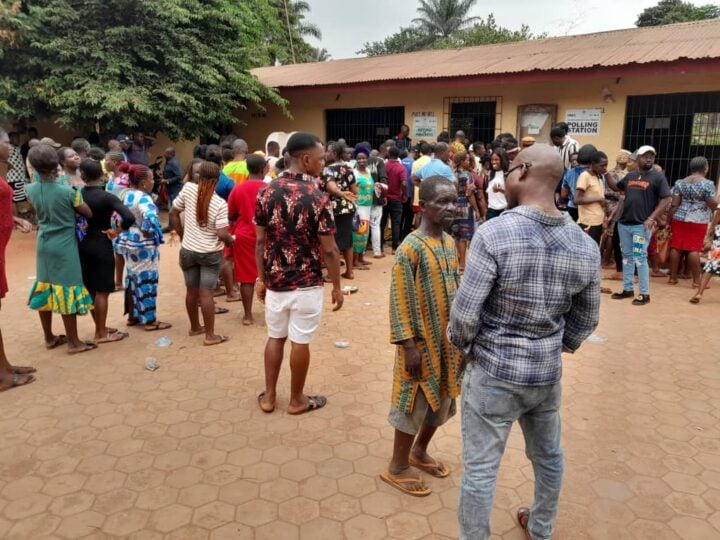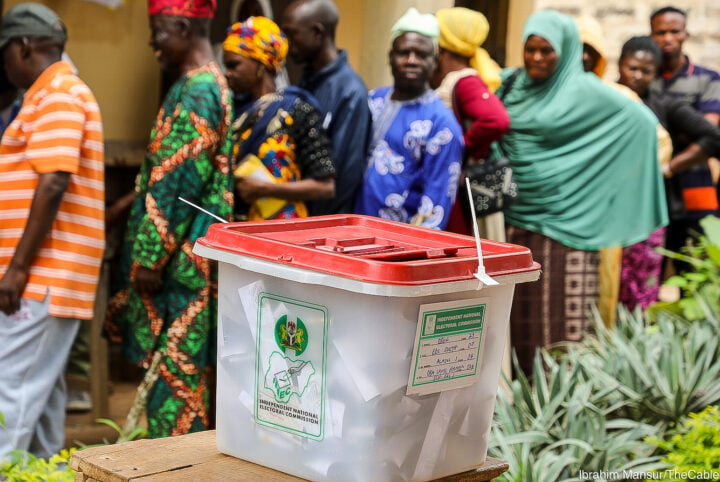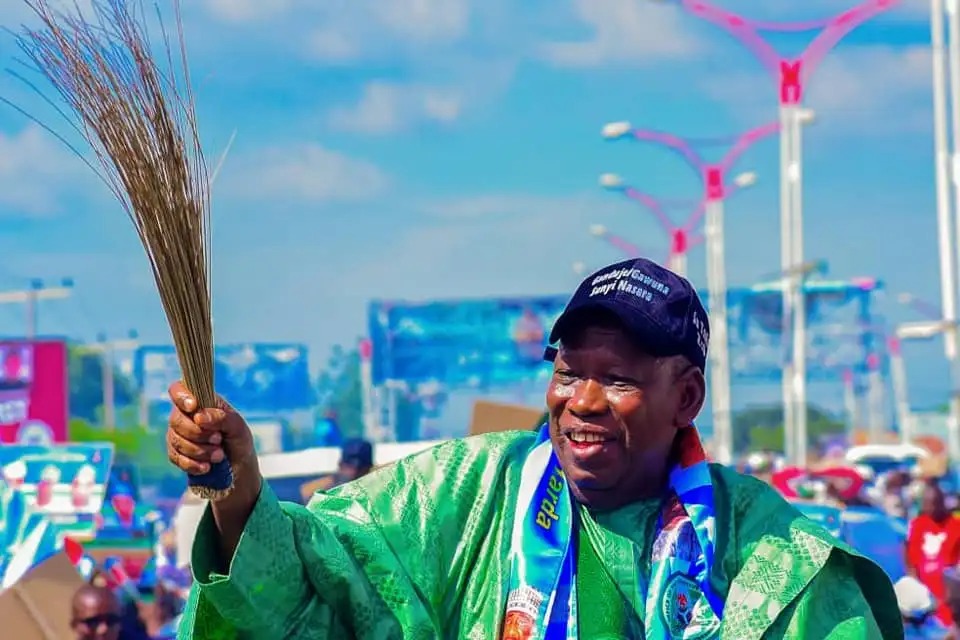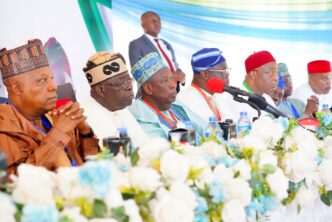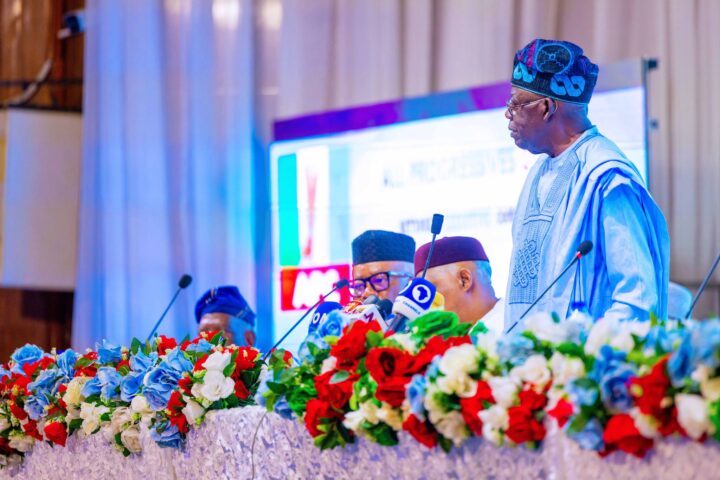Pope Francis | File photo
Late Pope Francis, an Argentine, was the first pope from outside Europe since the eighth century. Pope Francis was elected on March 13, 2013, after the surprise resignation of Benedict XVI. He
served as a pope for 12 years.
Pope Francis made many changes in the Catholic Church, the organization he led. Increasing diversity and representation was key. This article will examine the diversity of Cardinals, women, and young people.
A cardinal is a senior ecclesiastical leader in the Roman Catholic Church, appointed by the pope. Cardinals play a crucial role in advising the pope, governing the Church, and electing the next pope during a conclave. Their influence extends to shaping church policies and representing the Church globally.
Pope Francis increased the representation and ethnic diversity within the College of Cardinals. Of the 108 cardinals appointed by Francis who are currently eligible to vote, 38% are from Europe, 19% are from Latin America and the Caribbean, 19% are from the Asia-Pacific region, 12% are from sub-Saharan Africa, 7% are from North America, and 4% are from the Middle East and North Africa.
Advertisement
This historical shift is reflected in the current composition of the College of Cardinals, who will appoint the next pope. Over the course of his 12-year papacy, Francis’ picks for the College of Cardinals have tilted the leadership structure of the Roman Catholic Church away from its historic European base and toward countries in Africa, Asia, Latin America, and the Middle East-North Africa region.
Here’s a look at the regional breakdown of voting cardinals, compared with when Francis became pope in 2013:
- The Asia-Pacific region accounts for 18% of voting-age cardinals, up from 10% in 2013.
- Sub-Saharan Africa accounts for 12% of cardinals, up from 8%.
- The Latin America-Caribbean region has 18%, up from 17%.
- The Middle East-North Africa region has 3%, up from 2%.
- Europe has 40%, down from 51%.
North America accounts for 10%, down from 12%.
His appointments include the first Scandinavian cardinal since the Reformation and the first from India’s Dalit community.
Advertisement
Francis appointed cardinals from 25 countries that had never had one. He appointed the first cardinal from Haiti, Myanmar, and India’s Dalit caste. He also appointed Ukrainian-born Bishop Mykola Bychok, who, at age 45, is the youngest member of the Sacred College of Cardinals. He is also the first Australia-based cardinal since George Pell. In 2020, Pope Francis named Archbishop Wilton Gregory, the archbishop of Washington, a cardinal becoming the first African American Cardinal.
Pope Francis also expanded opportunities for women in the church and addressed its patriarchal structure. During an interview in November 2022, he stated that a “society that does not give women the same rights as men will become impoverished.” While maintaining the church’s position that all priests should be male, he made far-reaching changes that opened various leadership roles to women.
He ensured the inclusion of women in the 2024 synod (a global meeting of the whole church, represented by bishops) and granted voting rights to 57 women out of 368 attendees. He also appointed around 20 women to positions of authority in the Vatican. This was unprecedented. In 2025, he appointed Sister Simona Brambilla to lead a Vatican department. In 2022, Pope Francis appointed three women as members of the Dicastery for Bishops. It is the first time that women have ever been given this role. He made Barbara Jatta the first woman director of the Vatican Museums in 2016.
In 2021, he appointed Sister Nathalie Becquart as co-undersecretary of the Synod of Bishops, which prepares major summits of the world’s Catholic bishops
In 2022, Pope Francis made Sister Alessandra Smerilli the number two official in the Vatican’s development office, which deals with peace and justice issues. Pope Francis was the first pope to appoint a woman to head an administrative office at the Vatican. Also, for the first time, women were included in the 70-member body that selects bishops and the 15-member council that oversees Vatican finances. He appointed Sister Raffaella Petrini as president of the Vatican City. The pope also made two women part of a previously all-male committee that helps select the world’s bishops.
Advertisement
At local levels, in parishes, he made it possible for women to be formally appointed to the positions of catechist and lector – roles previously reserved for men. He formed special commissions in 2016 and 2020 to study the question of women deacons.
The Pope also spoke glowingly about the women he had appointed. He said the women generally do a “better” job managing things. He said, “Here in the Vatican, the places where we have put women are functioning better, for example, in the Council for the Economy, where there are six cardinals and six laypersons. Two years ago, I appointed five women among the six laypersons, and that was a revolution. The deputy governor of the Vatican is a woman. When a woman enters politics or manages things, generally, she does better. Many economists are women, and they are renewing the economy in a constructive way,”
Pope Francis appointed more women to leadership roles in the Vatican than any pope before him. Women made significant progress in the Vatican during his pontificate.
Pope Francis deserves commendation for his efforts to diversify the College of Cardinals, reflecting a more inclusive and representative Church. He accepted that diversity is a growing reality in the Church, and Pope Francis has been a key figure in promoting inclusivity. It is believed that this globally representative leadership within the Church will potentially influence its policies and outreach efforts.
Advertisement
Leaders across all sectors should take inspiration from his actions and consciously work towards increasing representation in their leadership teams. Embracing diversity enriches decision-making and ensures that various perspectives are considered, fostering a more equitable and just society.
Let us all strive to follow Pope Francis’ example by actively promoting diversity and representation in our leadership structures. This way, we can build a more inclusive world where every voice is heard and valued.
Advertisement
Views expressed by contributors are strictly personal and not of TheCable.
